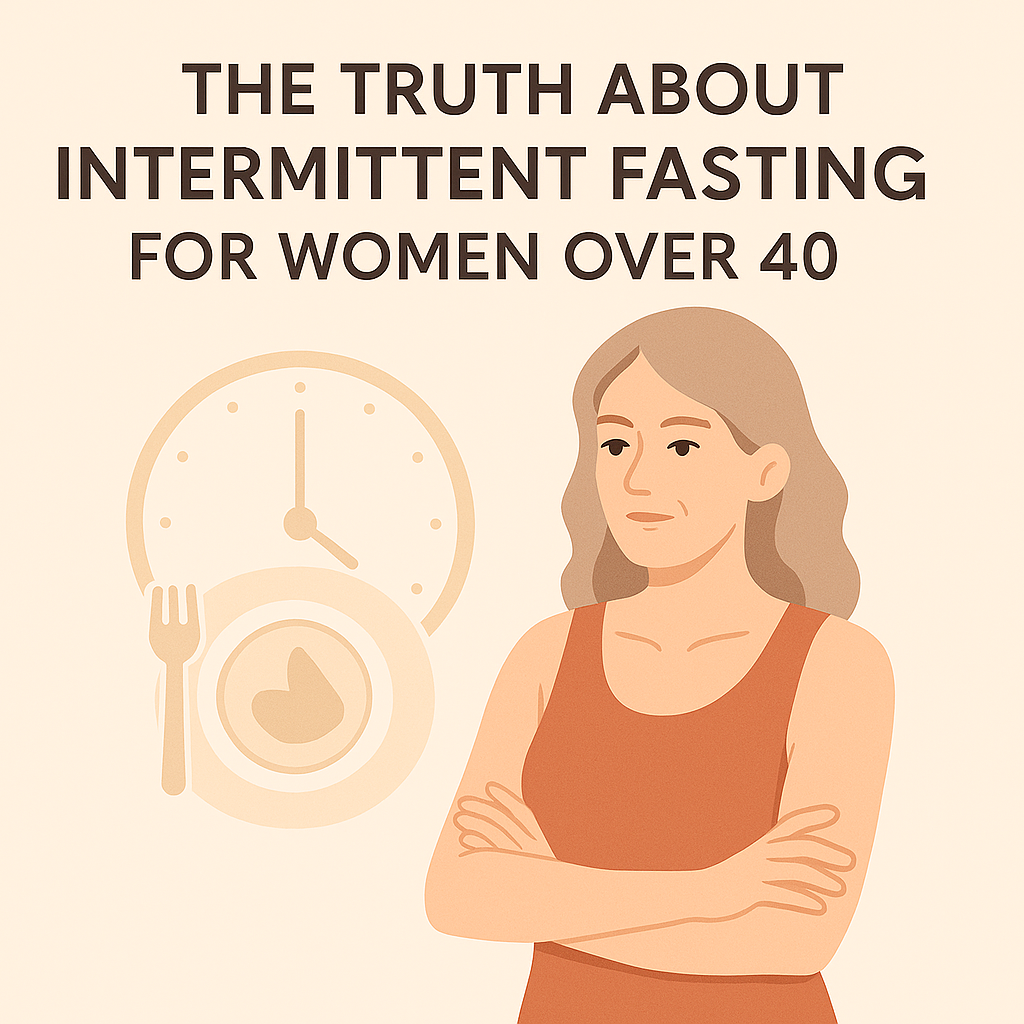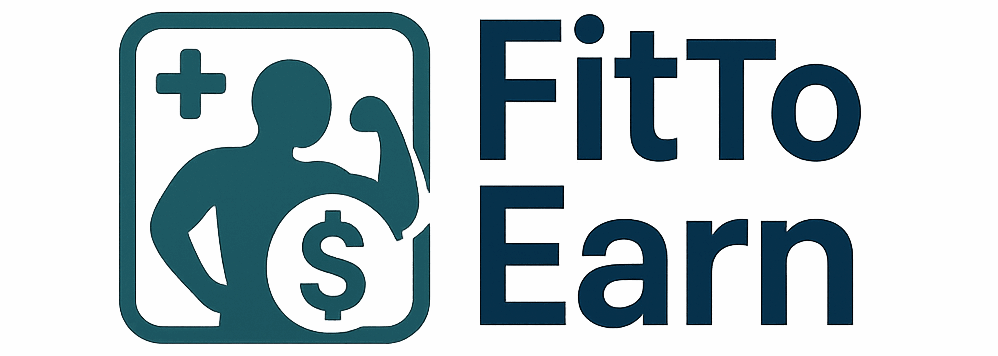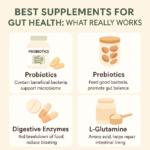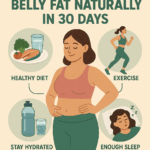Intermittent fasting (IF) is one of the most talked-about wellness trends of the last decade. But for women over 40, the conversation isn’t so simple. Hormones shift, metabolism slows, and what worked at 30 might not work—or may even backfire—in your 40s and beyond. So, what is the truth about intermittent fasting for women over 40? Let’s separate hype from science and explore how to approach fasting intelligently.

Why Intermittent Fasting Appeals to Women Over 40
Between hormonal changes, weight gain, and energy dips, many women seek sustainable lifestyle solutions that go beyond calorie counting. IF promises:
- Simpler eating routines
- Weight management
- Improved insulin sensitivity
- Anti-aging and cellular repair
For busy women juggling careers, families, and perimenopause, fasting offers a flexible structure without obsessing over every bite.
But as promising as it sounds, fasting affects women differently than men—especially after 40.
How Female Hormones Affect Fasting
As women enter perimenopause and menopause, estrogen and progesterone levels begin to decline. These hormonal shifts impact metabolism, energy regulation, and how the body responds to fasting.
Key Considerations:
- Estrogen influences insulin sensitivity. As estrogen declines, insulin resistance can increase, making blood sugar regulation more difficult.
- Cortisol (stress hormone) spikes when fasting is too intense, leading to disrupted sleep, anxiety, and belly fat accumulation.
This is why a one-size-fits-all approach to IF doesn’t work. Women over 40 must fast in a way that respects their unique biology.
The Most Popular Intermittent Fasting Methods
Not all fasting styles are created equal. Here are some of the most popular protocols and how they may suit women over 40:
| Fasting Method | Description | Pros | Caution for Women 40+ |
|---|---|---|---|
| 16:8 | Fast for 16 hours, eat within 8 | Popular, simple, easy to start | May disrupt hormones if done daily |
| 14:10 | Fast for 14 hours, eat within 10 | Gentler on hormones, sustainable | Great starting point |
| 5:2 Diet | Eat normally 5 days, restrict 2 days | Flexible, lowers insulin levels | Avoid extreme restriction |
| Alternate-Day Fasting | Eat every other day | Effective for weight loss | May cause energy crashes |
| Crescendo Fasting | Fast 2-3 non-consecutive days/week | Ideal for hormonal balance | Best for sensitive metabolisms |
Science-Backed Benefits of Intermittent Fasting for Women Over 40
According to studies and clinical experts, IF can be beneficial when implemented mindfully. Some proven advantages include:
1. Improved Insulin Sensitivity
Fasting can help the body regulate blood sugar more effectively—a key benefit for women with insulin resistance or prediabetes.
2. Cellular Repair and Longevity
IF promotes autophagy, a cellular detox process linked to reduced inflammation and slower aging (Harvard Health)
3. Hormone Regulation
Gentle fasting can support leptin and ghrelin balance—hormones that control hunger and satiety.
4. Fat Loss Without Muscle Loss
With strength training and protein-rich meals, fasting can promote fat loss while preserving lean muscle.
Common Challenges and How to Overcome Them
Intermittent fasting isn’t a magic pill—and it can backfire without proper planning.
1. Increased Fatigue or Brain Fog
Solution: Start with a shorter fasting window (e.g., 12-14 hours) and hydrate well.
2. Hormonal Disruption
Solution: Avoid daily extended fasts. Use crescendo fasting (2-3 days/week) to prevent stress overload.
3. Binge Eating After Fasting
Solution: Break your fast with balanced meals rich in protein, healthy fats, and fiber to stay full longer.
4. Sleep Disruptions
Solution: Don’t fast too close to bedtime, and avoid caffeine late in your eating window.
Intermittent Fasting Success Stories: Real Women, Real Results
Lisa, 45: “I started with 14:10 fasting and added 3 strength workouts per week. I lost 12 pounds in 3 months, my energy is more stable, and I’m finally sleeping through the night.”
Rani, 52: “I tried 16:8 but felt drained. Switching to 5:2 with lighter meals on fasting days worked much better. I feel clear-headed and more in control of my appetite.”
These experiences show that listening to your body and adjusting your fasting schedule is key to success.
Best Practices for Safe and Effective Fasting
To get the most from intermittent fasting over 40, follow these guidelines:
🌟 Start Slow
Begin with 12:12 or 14:10, and increase gradually.
📊 Track Your Cycle
If you’re still menstruating, avoid intense fasting during the luteal phase (after ovulation).
☕ Stay Nourished
Use your eating window wisely: prioritize protein, fiber, healthy fats, and essential nutrients.
🛌 Get Quality Sleep
Sleep is critical for hormone balance. Avoid late-night eating or fasting past your sleep schedule.
🚬 Watch Stress Levels
Pair fasting with calming practices like yoga, deep breathing, or nature walks.
Should All Women Over 40 Try Intermittent Fasting?
Not necessarily. Fasting isn’t right for everyone.
Women with the following conditions should consult a healthcare provider first:
- History of eating disorders
- Thyroid imbalances
- Adrenal fatigue
- Unexplained amenorrhea (loss of period)
When in doubt, work with a registered dietitian or functional medicine practitioner to create a tailored plan.
Final Thoughts: The Truth About Intermittent Fasting for Women Over 40
Intermittent fasting can be a powerful wellness tool, but it isn’t a one-size-fits-all solution. The truth about intermittent fasting for women over 40 is this: it can work if it honors your hormones, lifestyle, and unique health status.
Start small. Be gentle. Track what works. And remember, consistency matters more than intensity.
Ready to Take the Next Step?
- ✅ Try a 14:10 fast for one week and journal your experience.
- ✅ Explore our guide on natural hormone balance
- ✅ Subscribe for weekly wellness insights tailored to women 40 and up.
Your health journey is uniquely yours—own it with confidence.



